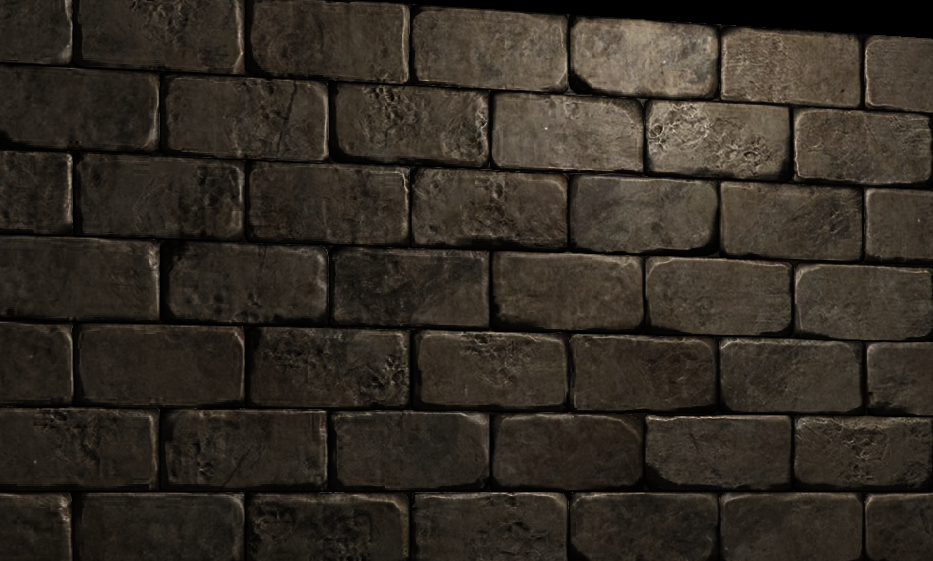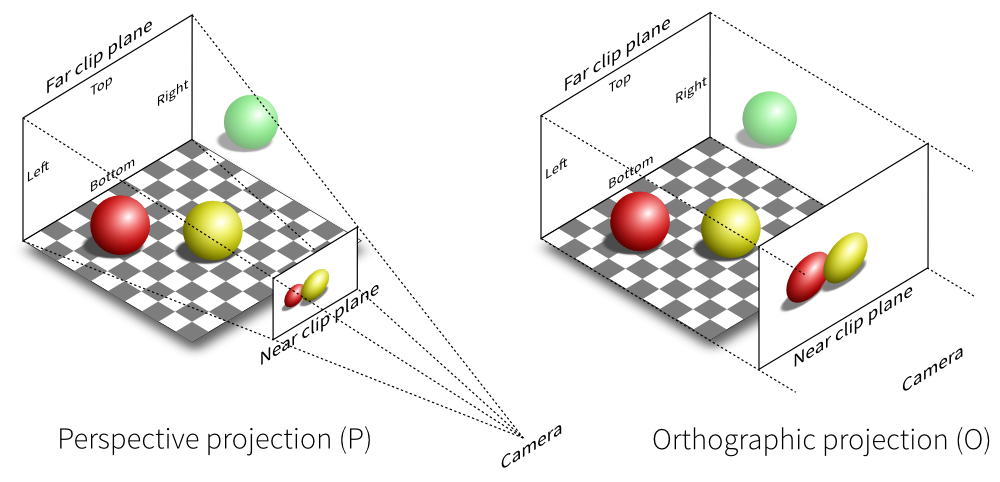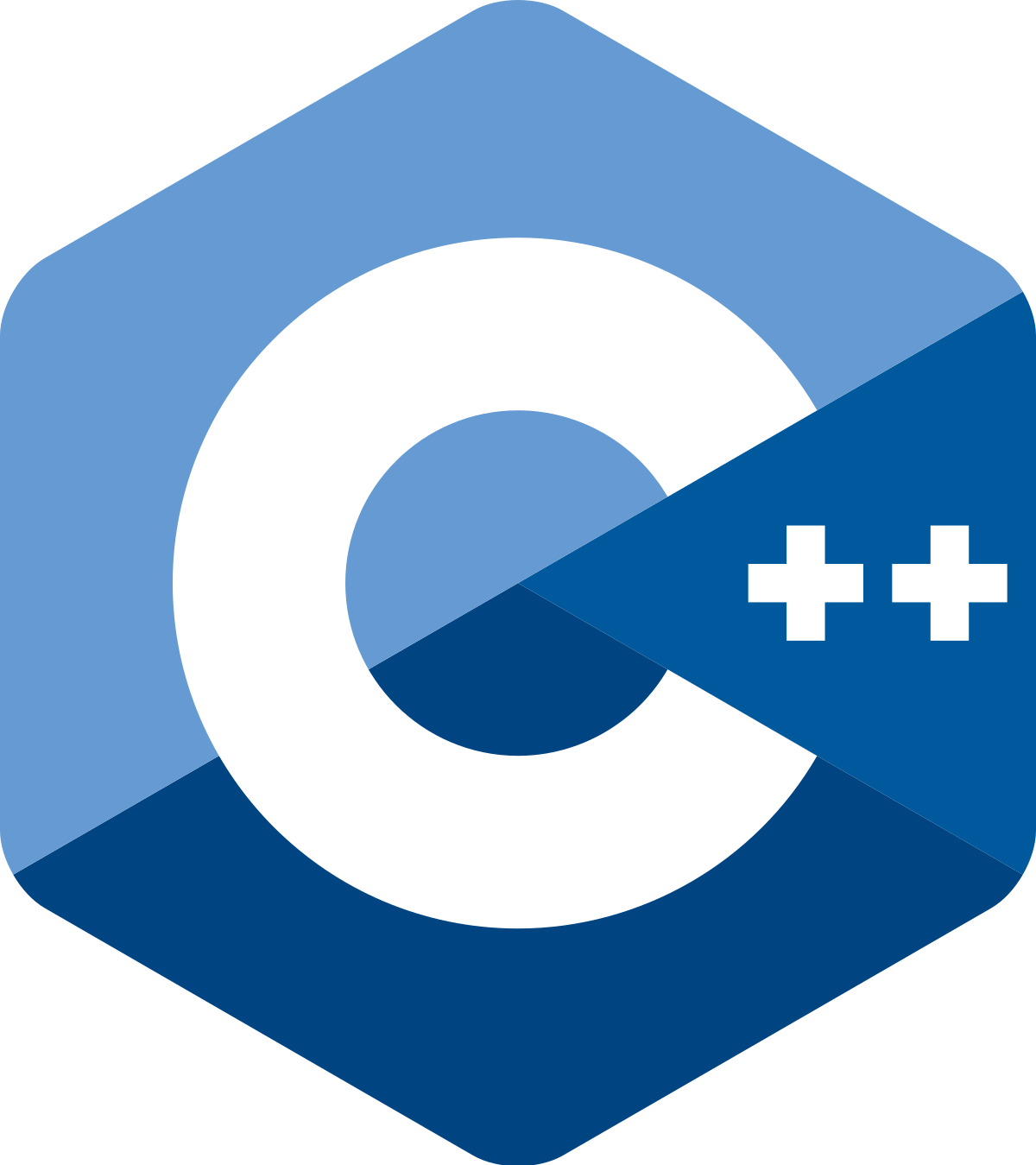1
2
3
4
5
6
7
8
9
10
11
12
13
14
15
16
17
18
19
20
21
22
23
24
25
26
27
28
29
30
31
32
33
34
35
36
37
38
39
40
41
42
43
44
45
46
47
48
49
50
51
52
53
54
55
56
57
58
59
60
61
62
63
64
65
66
67
68
69
70
71
72
73
74
75
76
77
78
79
80
81
82
83
84
85
86
87
88
89
90
91
92
93
94
95
96
97
98
99
100
101
102
103
104
105
106
107
108
109
110
111
112
113
114
115
116
117
118
119
120
121
122
123
124
125
126
127
128
129
130
131
132
133
134
135
136
137
138
139
140
141
142
143
144
145
146
147
148
149
150
151
152
153
154
155
156
157
158
159
160
161
162
163
164
165
166
167
168
169
170
171
172
173
174
175
176
177
178
179
180
181
|
#include <bits/stdc++.h>
inline char read() {
static const int IN_LEN = 1000000;
static char buf[IN_LEN], *s, *t;
if (s == t) {
t = (s = buf) + fread(buf, 1, IN_LEN, stdin);
if (s == t) return -1;
}
return *s++;
}
template<class T>
inline void read(T &x) {
static bool iosig;
static char c;
for (iosig = false, c = read(); !isdigit(c); c = read()) {
if (c == '-') iosig = true;
if (c == -1) return;
}
for (x = 0; isdigit(c); c = read())
x = (x + (x << 2) << 1) + (c ^ '0');
if (iosig) x = -x;
}
inline int read(char *buf) {
register size_t s = 0;
register char ch;
while (ch = read(), isspace(ch) && ch != -1);
if (ch == EOF) {
*buf = '\0';
return -1;
}
do buf[s++] = ch; while (ch = read(), !isspace(ch) && ch != -1);
buf[s] = '\0';
return s;
}
const int OUT_LEN = 10000000;
char obuf[OUT_LEN], *oh = obuf;
inline void print(char c) {
if (oh == obuf + OUT_LEN) fwrite(obuf, 1, OUT_LEN, stdout), oh = obuf;
*oh++ = c;
}
template<class T>
inline void print(T x) {
static int buf[30], cnt;
if (x == 0) {
print('0');
} else {
if (x < 0) print('-'), x = -x;
for (cnt = 0; x; x /= 10) buf[++cnt] = x % 10 + 48;
while (cnt) print((char)buf[cnt--]);
}
}
inline void flush() {
fwrite(obuf, 1, oh - obuf, stdout);
}
namespace FastFourierTansform {
const int MAXN = 300005;
struct Complex {
double r, i;
Complex(double r = 0, double i = 0) : r(r), i(i) {}
inline Complex operator + (const Complex &x) {
return Complex(r + x.r, i + x.i);
}
inline Complex operator - (const Complex &x) {
return Complex(r - x.r, i - x.i);
}
inline Complex operator * (const Complex &x) {
return Complex(r * x.r - i * x.i, r * x.i + i * x.r);
}
inline Complex conj() {
return Complex(r, -i);
}
} A[MAXN], C[MAXN];
const double PI = acos(-1);
inline void fft(Complex *a, const int n, const int f) {
register int i, j, k;
for (i = j = 0; i < n; i++) {
if (i > j) std::swap(a[i], a[j]);
for (k = n >> 1; (j ^= k) < k; k >>= 1);
}
for (i = 1; i < n; i <<= 1) {
Complex wn(cos(PI / i), f * sin(PI / i));
for (j = 0; j < n; j += i << 1) {
Complex w(1, 0);
for (k = 0; k < i; k++, w = w * wn) {
Complex x = a[j + k], y = w * a[i + j + k];
a[j + k] = x + y, a[i + j + k] = x - y;
}
}
}
if (f == -1) for (i = 0; i < n; i++) a[i].r /= n;
}
char in[10];
int a[MAXN], b[MAXN], pre[MAXN], tot, cost[MAXN];
int pat[MAXN], tmp[MAXN], fail[MAXN], n, m;
inline int parse() {
register int ret = 0;
register char *p = in;
ret = ((*p - 48) << 7) | ((*(p + 1)) - 48 << 6) | ((*(p + 2)) - 48 << 5) |
((*(p + 3)) - 48 << 4) | ((*(p + 4)) - 48 << 3) | ((*(p + 5)) - 48 << 2) |
((*(p + 6)) - 48 << 1) | ((*(p + 7)) - 48);
return ret;
}
inline void kmp() {
fail[1] = fail[2] = 1;
for (register int j = 1, i = 2; i <= m; i++) {
while (j > 1 && tmp[i] != tmp[j]) j = fail[j];
fail[i + 1] = tmp[i] == tmp[j] ? ++j : j;
}
for (register int j = 1, i = 1; i <= n; i++) {
while (j > 1 && tmp[j] != pat[i]) j = fail[j];
if (tmp[j] == pat[i]) j++;
if (j > m) pre[++tot] = i;
}
}
int len;
inline void match(int p) {
for (register int i = 0; i < n; i++) A[i].r = a[i + 1] & 1 ^ p;
for (register int i = 0; i < m; i++) A[i].i = b[i + 1] & 1 ^ p ^ 1;
for (register int i = n; i < len; i++) A[i].r = 0;
for (register int i = m; i < len; i++) A[i].i = 0;
fft(A, len, 1);
for (register int i = 0, j; i <= len; i++) {
j = (len - i) & (len - 1), C[i] = (A[i] * A[i] - (A[j] * A[j]).conj()) *
Complex(0, -0.25);
}
fft(C, len, -1);
for (register int i = 0; i <= len; i++) cost[i] += (int)(C[i].r + 0.5);
}
inline void solve() {
read(n), read(m);
for (register int i = 1; i <= n; i++) {
read(in), a[i] = parse(), pat[i] = a[i] & 1 ? a[i] : a[i] ^ 1;
}
for (register int i = 1; i <= m; i++) {
read(in), b[i] = parse(), tmp[i] = b[i] & 1 ? b[i] : b[i] ^ 1;
}
kmp();
if (!tot) puts("No"), exit(0);
puts("Yes");
for (len = 1; len <= n; len <<= 1);
std::reverse(b + 1, b + m + 1);
match(0), match(1);
register int min = INT_MAX, id = 0;
for (register int j = 1; j <= tot; j++)
cost[pre[j] - 1] < min ? (min = cost[pre[j] - 1], id = pre[j] - m + 1) : 0;
printf("%d %d\n", min, id);
}
}
int main() {
FastFourierTansform::solve();
flush();
return 0;
}
|



